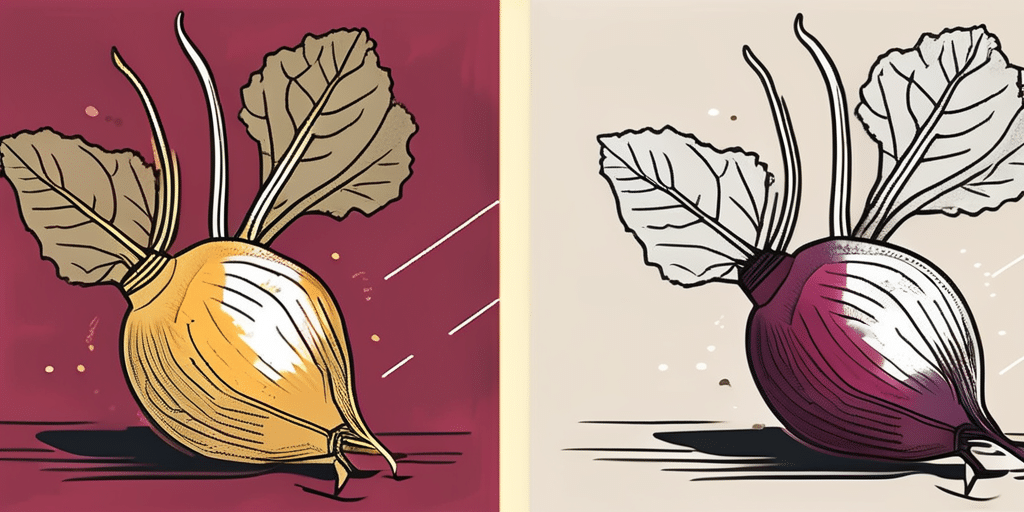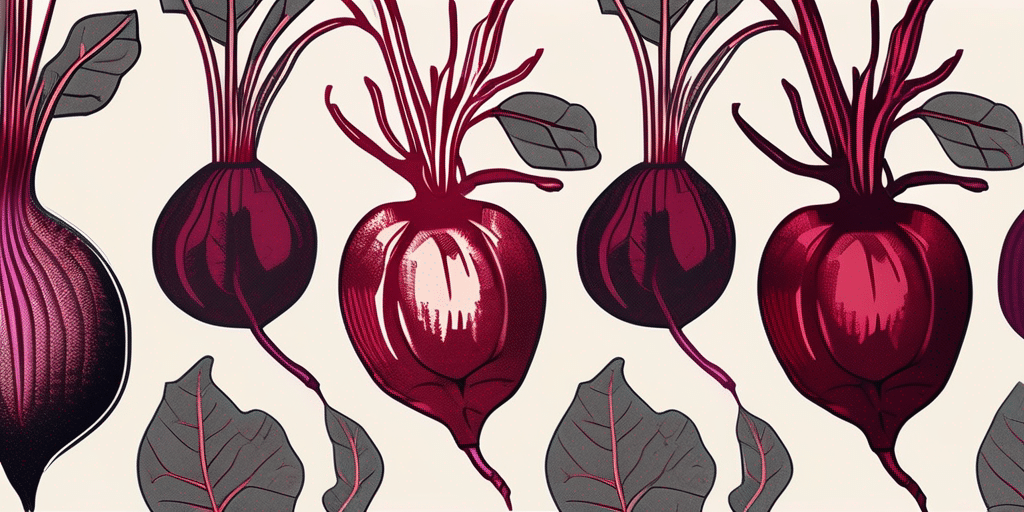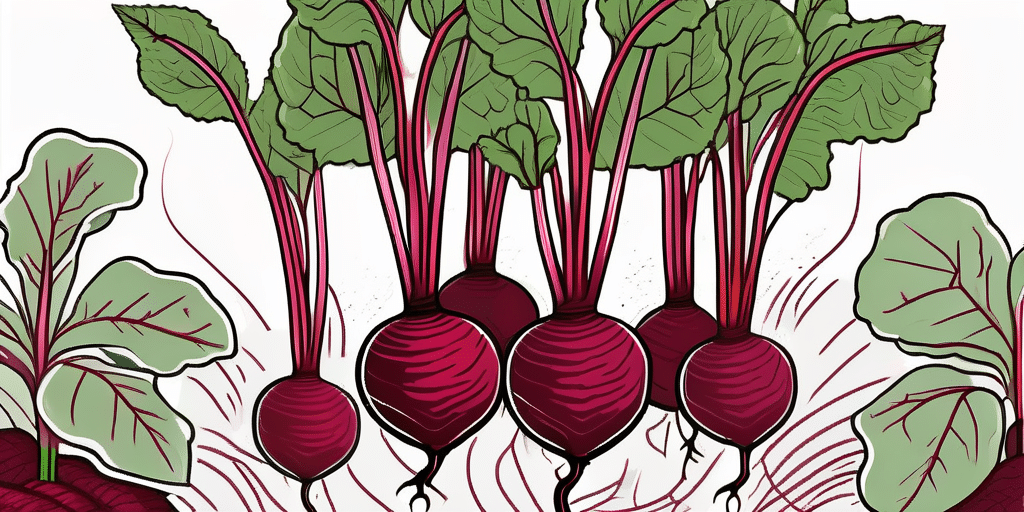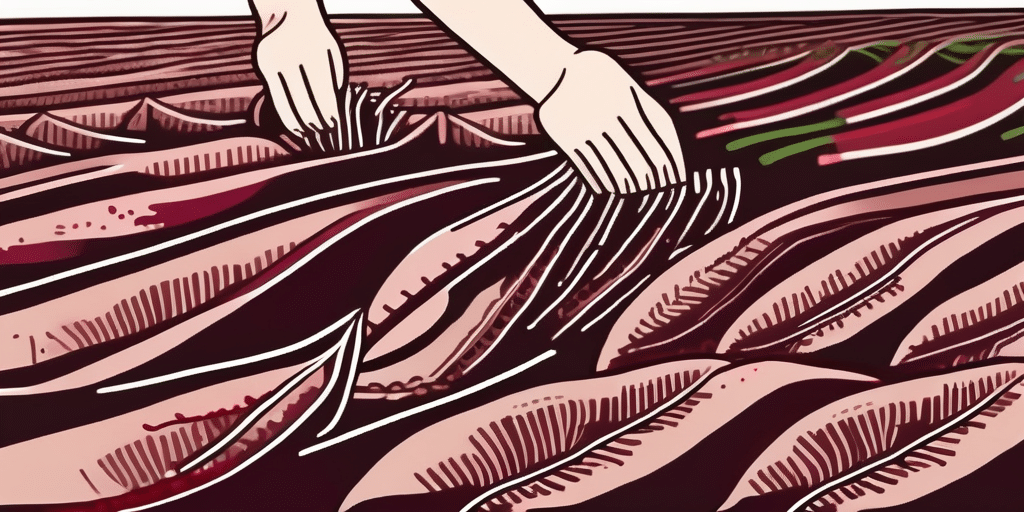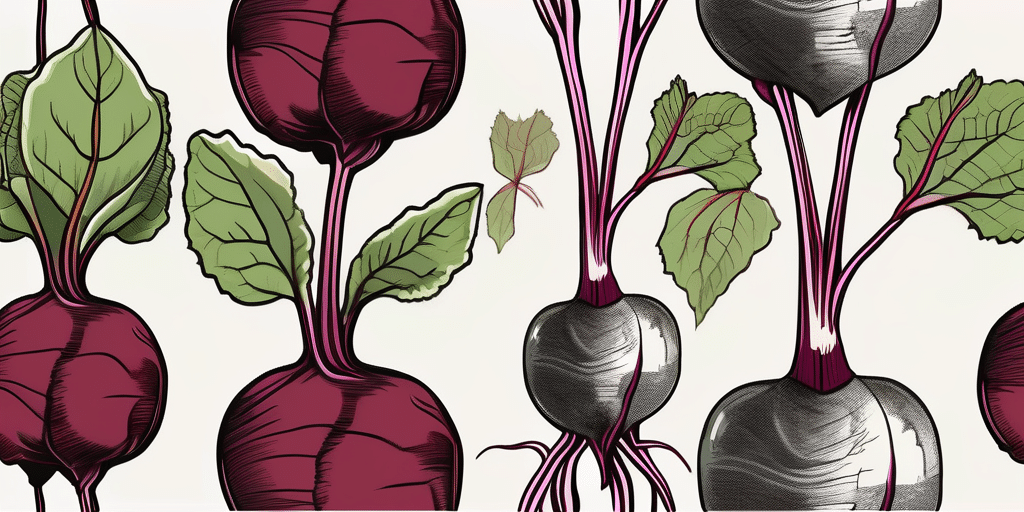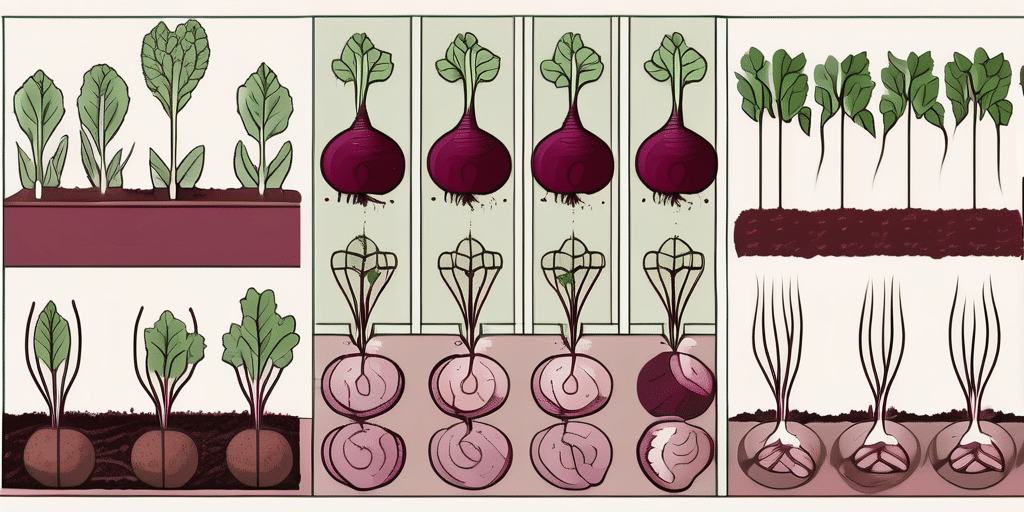Beets are a delicious and versatile vegetable that can be grown in various climates, including Virginia. If you’re interested in growing Forono beets specifically, this article will guide you through the process. From understanding the climate and hardiness zones in Virginia to planting, growing, and harvesting, we’ve got you covered. Let’s dive in!
Climate & Hardiness Zones in Virginia
Before you start planting Forono beets, it’s essential to understand the climate and hardiness zones in Virginia. This information will help you determine the best time to plant and ensure optimal growth for your beets.
Virginia’s climate is characterized by hot and humid summers, along with mild winters. It is part of USDA hardiness zones 6 and 7, which means it experiences a wide range of temperatures throughout the year.
Forono beets thrive in slightly cooler temperatures, making them well-suited for Virginia’s climate. They prefer temperatures between 50-75°F (10-24°C) for optimal growth. Be aware that extreme temperatures may affect the quality and taste of your harvest, so it’s crucial to plan accordingly.
One interesting aspect of Virginia’s climate is its diverse geography, which includes coastal plains, rolling hills, and mountainous regions. This variety in topography contributes to microclimates within the state, influencing temperature and precipitation patterns. For example, the eastern coastal areas tend to have milder winters due to the moderating effect of the Atlantic Ocean, while the mountainous western regions experience cooler temperatures and higher snowfall in winter.
When considering planting Forono beets in Virginia, it’s important to take into account the state’s average frost dates. In the northern regions of Virginia, the average last spring frost date falls around late April to early May, while the first fall frost typically occurs in late October to early November. These dates are crucial for planning your planting schedule and ensuring a successful beet harvest.
When to Plant Forono Beets in Virginia
Timing is crucial when it comes to planting Forono beets in Virginia. To ensure a successful harvest, you need to choose the right time to sow your seeds.
The ideal time to plant Forono beets in Virginia is during the early spring or late summer. You can start sowing seeds as soon as the soil temperature reaches around 45°F (7°C).
During the spring, aim to plant your beets four to six weeks before the last frost date. In Virginia, this usually falls between late March and early April. Sowing your seeds at this time will allow your beets to mature before the summer heat sets in.
If you choose to plant in late summer, do so four to six weeks before the first expected frost in your area. This will give your beets enough time to grow and develop before winter arrives.
When planting, make sure to space your seeds about one inch apart and half an inch deep. Rows should be spaced about 12 inches apart to allow enough room for the beets to grow.
Forono beets are a popular choice among Virginia gardeners due to their elongated shape and sweet flavor. These beets are known for their tender texture and versatility in the kitchen, making them a favorite for salads, roasting, and pickling.
When selecting a planting location for your Forono beets, choose a spot that receives full sun for at least six hours a day. Beets thrive in well-draining soil with a pH level between 6.0 and 7.0. Consider adding organic matter such as compost to improve soil structure and fertility.
Watering is essential for the successful growth of Forono beets. Keep the soil consistently moist but not waterlogged. Mulching around the plants can help retain moisture and suppress weeds.
As your Forono beets grow, consider thinning them to ensure proper spacing for optimal development. Thinning should be done when the seedlings are about two inches tall, allowing adequate room for the beets to reach their full size.
When to Harvest or Pick Forono Beets in Virginia
After patiently nurturing your Forono beet plants, the time will come to harvest or pick them. Beets are generally ready for harvest around 60-70 days after planting, but you can start harvesting earlier for baby beets.
The size of the beet and your personal preference will determine the ideal time to harvest. Some people prefer younger, more tender beets, while others prefer larger ones for roasting or boiling.
To check if your beets are ready for harvest, gently brush away some soil from the top of the root and assess its size. A beet with a diameter of around one to three inches is generally ready for harvesting.
It’s important to remember that beets left in the ground for too long can become tough and lose their flavor. Regularly check your beets and harvest them as they reach the desired size.
When harvesting, gently loosen the soil around the beet, grasp the leaves near the crown, and carefully pull the entire plant out. Trim off the leafy tops, leaving around one inch of stem attached to the beet to prevent bleeding. You can store the beets in a cool, dark place for up to several weeks.
Forono beets, also known as cylindrical beets, are a unique variety that originated in Italy. Their elongated shape and vibrant red color make them a popular choice for both home gardeners and professional chefs. These beets are prized for their sweet flavor and tender texture, making them versatile in the kitchen.
When growing Forono beets in Virginia, it’s essential to consider the local climate and soil conditions. Beets thrive in cool weather and well-drained soil with a pH level between 6.0 and 7.0. Virginia’s moderate climate provides an excellent environment for beet cultivation, with spring and fall being the best seasons to plant and harvest these root vegetables.
Frequently Asked Questions
Now that we’ve covered the basics of planting and growing Forono beets in Virginia, let’s address some frequently asked questions to provide you with even more guidance.
Can Forono beets withstand Virginia’s hot summers?
Yes, Forono beets can tolerate the hot summers in Virginia. However, it’s crucial to provide adequate moisture during periods of high temperatures. Regularly watering your beets will help them stay hydrated and maintain optimal growth.
Are Forono beets resistant to common diseases and pests?
Forono beets exhibit good disease resistance, making them less susceptible to common beet diseases like leaf spot and downy mildew. However, it’s still important to practice good garden hygiene, such as removing and disposing of any diseased plants promptly.
Can I grow Forono beets in containers?
Absolutely! Forono beets are well-suited for container gardening. Choose a deep container with a minimum depth of eight inches to accommodate the beet’s long taproot. Ensure the container has proper drainage and use a well-draining potting mix for optimal growth.
How often should I water my Forono beets?
Beets require consistent moisture throughout the growing season. Aim to keep the soil evenly moist but not waterlogged. Regularly check the moisture level by inserting your finger into the soil. If it feels dry, it’s time to water. Water deeply to encourage healthy root development.
Now that you have a comprehensive understanding of planting and growing Forono beets in Virginia, it’s time to get your hands dirty and enjoy the fruits of your labor. Happy gardening!
Join How to Grow Everything for More Gardening Success
Ready to take your gardening skills to the next level? Subscribe for free to How to Grow Everything and learn how to build the garden of your dreams! Receive personalized gardening advice tailored to your location, grow zone, and experience level. Enjoy the best gardening tips, special offers, and deals delivered straight to your inbox – all 100% free, from our family to yours. Don’t miss out on our extensive library of free growing and gardening articles, designed to help you succeed. Subscribe now and join a community of gardeners just like you!

